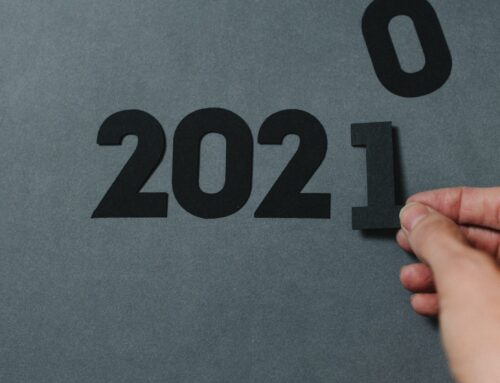Terms become popular so quickly, and then are so widely used, that we often don’t stop and take the time to consider what they mean. For instance, “Big Data”, what is it exactly, and why should we care about it so much?
The term Big Data refers to data sets that are too large, complex, or fragmented to analyze using traditional data processing applications. For companies and associations this data is a like a crystal ball; read right it can reveal business trends and unforeseen opportunities that can lead to large revenue gains.
Every executive, director, and manager would love to get their hands on such a crystal ball, and that is why the investment in big data has grown, and the term has bounced around the boardrooms and planning meetings of businesses, associations and non-profits. As with everything in life there is a catch, and that is the ability to interpret the data, or read the crystal ball so to speak.
It’s right about here that most write off big data as too complicated or requiring specialized software or expertise. However, that doesn’t have to be the case. As long-time InReach customer, Texas Medical Association, found taking the first steps toward big data didn’t involve more than taking the time to utilize the tools already at their disposal.
“If you can identify the data elements you’re interested in and put those in a spreadsheet, then you can put it into an Excel PivotChart, slice and dice, and look at the data in a way you’d never consider if you were just looking at rows and rows of names,” says John Dorman, CEO of Texas Medical Association.
This quote is part of a longer article in Associations Now titled “Sift Skills: The Value of Big Data for Associations”which provides realistic strategies on how associations can leverage data, both big and regular sized, to their advantage. Read the full article here, and learn how to read your organization’s crystal ball.





